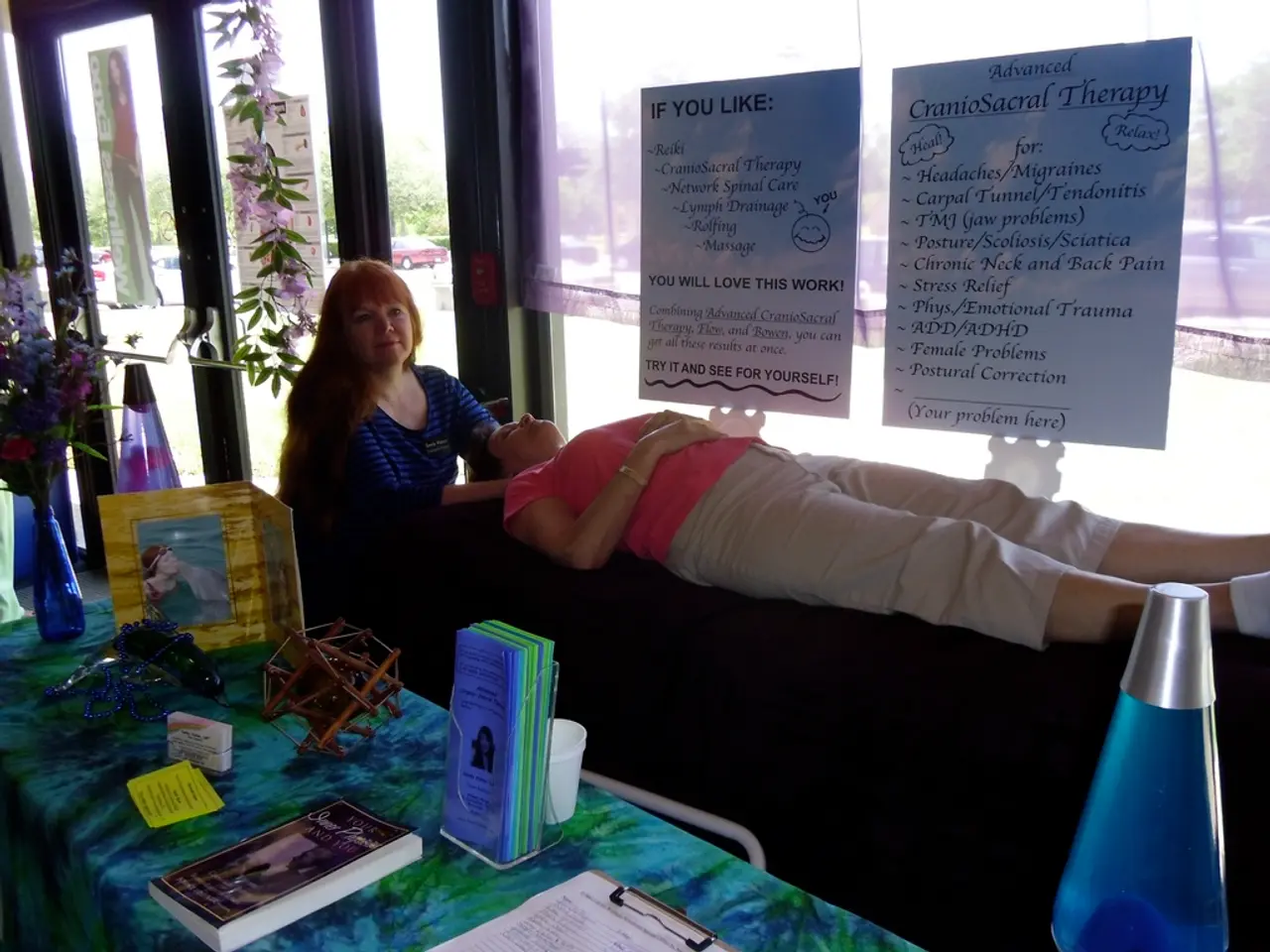Stimulating the brain through experimental methods could potentially silence the persistent distress signal of persistent pain.
In a remarkable turn of events, a team of researchers at the University of California San Francisco (UCSF) is making strides in the field of chronic pain management. Led by neurologist Dr. Prasad Shirvalkar, the team is working on a revolutionary solution for individuals like Edward Mowery, who have lived with debilitating pain for years.
Edward Mowery, a man who once described his pain as feeling like being put into a hot frying pan, developed complex regional pain syndrome (CRPS) after a routine knee replacement in 2009. Over the years, Mowery underwent 34 surgeries, including 11 painful knee surgeries, as well as foot, back, and neck surgeries. Despite being on various pain medications, including morphine and oxycodone, nothing seemed to work for long.
Mowery's life was significantly impacted by his pain. He quit his job, stopped playing sports, and had to abandon his death metal band. However, hope came knocking when Mowery found a clinical trial at UCSF.
Dr. Shirvalkar and his team are researching personalised deep brain stimulation (DBS) for chronic pain patients, especially those with long-lasting pain unresponsive to other treatments. Their work identifies individual pain biomarkers and uses AI to deliver targeted stimulation to reduce pain.
The first surgery for Mowery mapped his brain to determine where the pain came from. The second surgery removed the temporary probes from the first procedure, and a final procedure placed permanent probes in the correct areas.
The team used computational models and AI to detect a biomarker that could track how severe a person's chronic pain would be. This breakthrough allowed them to tailor the stimulation to each individual's needs.
One challenge with this approach is that the device sends signals around the clock. However, Dr. Shirvalkar thinks a constant signal won't work for chronic pain because the brain can become acclimated to the impulses and essentially override them. Instead, the team is exploring ways to vary the stimulation to keep the brain from adapting.
The researchers had their "eureka moment" on day five or six of the trial, when Mowery reported that his pain had washed off of him. Since then, Mowery's pain levels have remained significantly reduced.
This groundbreaking work has not gone unnoticed. Dr. Shirvalkar and Mowery accompanied Shirvalkar to Washington to testify before Congress' Neuroscience Caucus about the impact of the NIH BRAIN Initiative on addiction research and on this pain treatment alternative.
Chronic pain affects an estimated 50 million adults in the United States, defined as lasting for more than three months. Of these, about 8.5% are like Mowery, living with chronic pain that interferes with day-to-day life. With Dr. Shirvalkar's work, there is hope for a future where chronic pain no longer has to control people's lives.
Dr. Shirvalkar and his team at UCSF have been exploring deep brain stimulation with a $7.56 million grant from the National Institutes of Health. Their work could radically transform the way people manage debilitating and otherwise untreatable chronic pain.
Read also:
- Peptide YY (PYY): Exploring its Role in Appetite Suppression, Intestinal Health, and Cognitive Links
- Toddler Health: Rotavirus Signs, Origins, and Potential Complications
- Digestive issues and heart discomfort: Root causes and associated health conditions
- House Infernos: Deadly Hazards Surpassing the Flames








